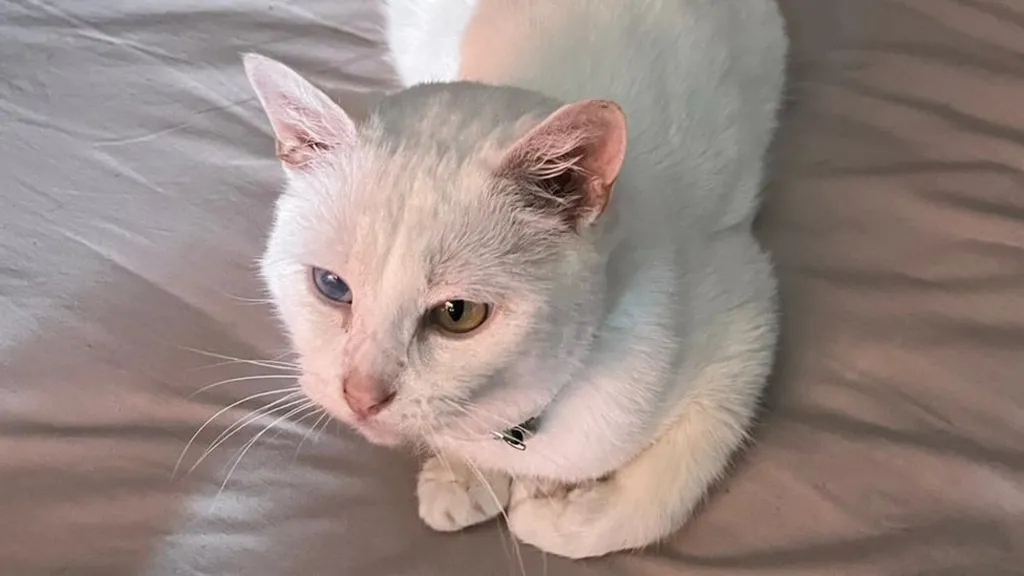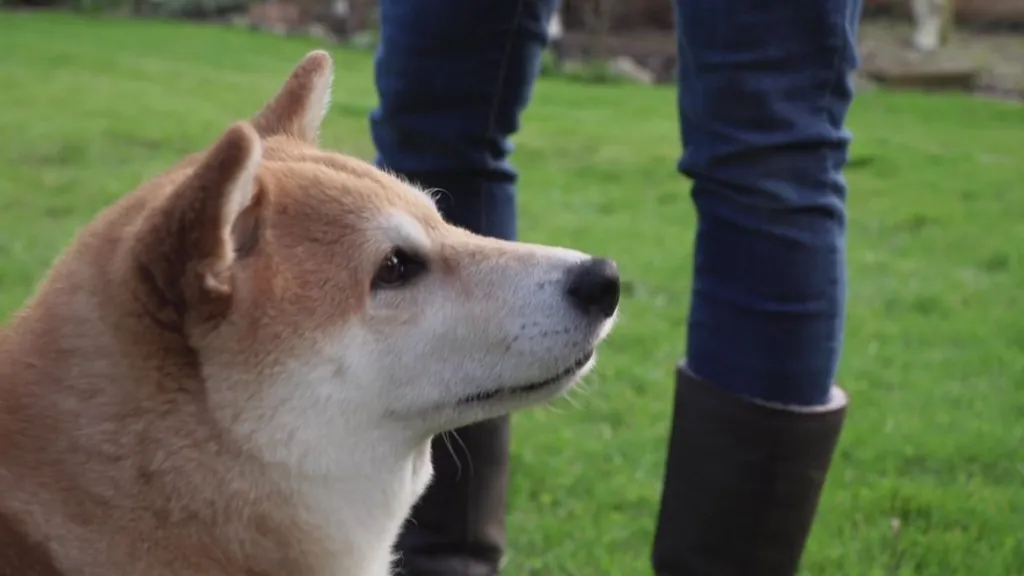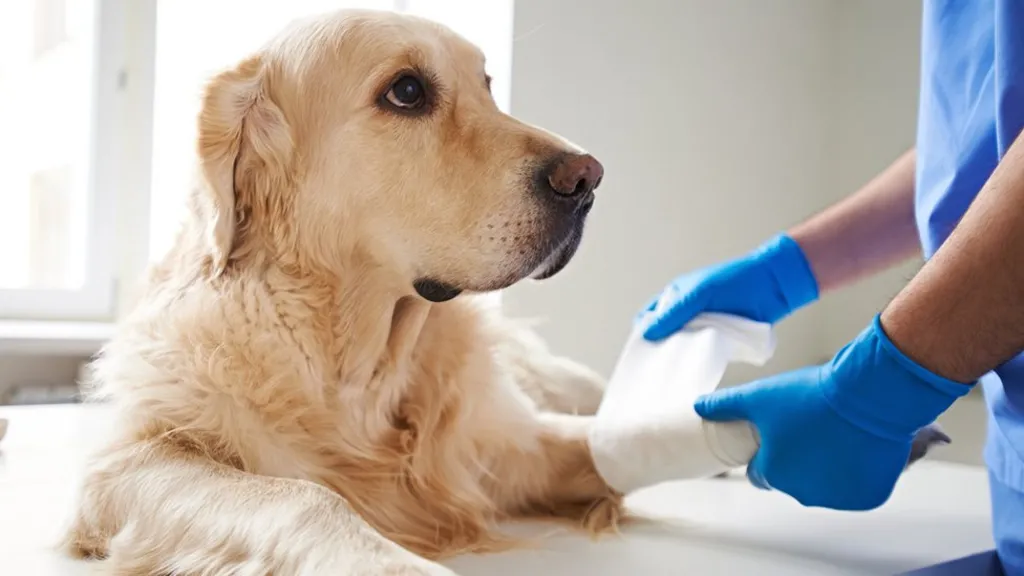The Competition and Markets Authority (CMA) has issued a warning regarding the lack of transparency in pricing information provided by veterinary practices online. According to their investigation, more than 80% of veterinary practice websites fail to display basic pricing information.
This absence of clear pricing details means that pet owners may unknowingly end up paying inflated prices for medications or prescriptions, the CMA cautioned.
The Chief Executive of the CMA expressed significant apprehensions regarding the veterinary sector, noting “multiple concerns” with its current practices.
In response, the British Veterinary Association emphasized that veterinarians are primarily driven by their commitment to animal welfare.
In light of these findings, the CMA has taken the preliminary step of considering a formal market investigation, which could grant it the authority to directly intervene in the market in the future.
Should this investigation confirm the CMA’s initial concerns, it would empower the authority to compel businesses to furnish comprehensive information about their operations and pricing. Additionally, it could potentially impose price constraints on services such as prescription fees and even mandate the divestment of certain businesses.
The value of the veterinary industry has surged to £2 billion, following a rise in pet ownership to two-thirds of households in the UK during the coronavirus pandemic, according to the CMA.
Despite this growth, concerns persist regarding the lack of accessible information for the estimated 16 million pet owners in the UK.

The CMA’s analysis encompassed 1,400 websites belonging to general veterinary practices, both within major corporate conglomerates and independent establishments. Alarmingly, it discovered that 83% of these websites failed to provide any pricing information, even for basic services. This trend was consistent across both corporate and independent practice websites.
Sarah Cardell, the chief executive of the CMA, highlighted the significance of the review, citing the overwhelming response from the public and veterinary professionals. She emphasized the importance of addressing these issues, particularly given the concerns raised about the challenges faced by the sector, including staff shortages.
The review identified several key concerns within the veterinary market:
- Pet owners may be paying more than necessary for medications or prescriptions.
- Insufficient information provided to pet owners to enable them to make informed decisions about choosing the most suitable practice or treatment.
- Concentrated local markets, potentially leading to reduced competition in certain areas.
- Large corporate entities possibly incentivized to take actions that limit consumer choice.
- Outdated regulatory frameworks that may no longer adequately serve their intended purpose.
The CMA received extensive feedback from various stakeholders, including pet owners, veterinarians, veterinary nurses, charities, and industry groups. Additionally, it was noted that many pet owners were unaware of their ability to obtain a prescription from their veterinarian and subsequently purchase the medication elsewhere, potentially missing out on cost savings.
However, the CMA also acknowledged receiving complaints from independent practices regarding online pharmacies selling medications at prices lower than wholesale rates.
Medication Costs Too High for Many Owners
The CMA conducted an in-depth analysis of 1,400 websites representing general veterinary practices, ranging from major corporate entities to independent establishments. Shockingly, their findings revealed that a staggering 83% of these websites did not disclose pricing information, even for basic services. This lack of transparency was consistent across both corporate and independent practice websites.
Sarah Cardell, the chief executive of the CMA, underscored the importance of the review, highlighting the substantial response from both the public and veterinary professionals. She stressed the urgency of addressing these issues, especially considering the sector’s challenges, such as staff shortages.
The review outlined several critical concerns within the veterinary market:
- Potential overcharging of pet owners for medications or prescriptions.
- Insufficient information provided to pet owners to aid in making informed decisions regarding the most appropriate practice or treatment.
- Concentrated local markets, which could result in diminished competition in specific areas.
- Large corporate entities potentially motivated to take actions that restrict consumer choice.
- Outdated regulatory frameworks that may no longer effectively serve their intended purpose.
The CMA received extensive feedback from diverse stakeholders, including pet owners, veterinarians, veterinary nurses, charities, and industry groups. It was noted that many pet owners were unaware of their option to obtain a prescription from their veterinarian and subsequently purchase medications elsewhere, potentially leading to missed cost savings.
Despite these concerns, the CMA also acknowledged receiving complaints from independent practices regarding online pharmacies selling medications at prices lower than wholesale rates.

“It’s a significant expense,” remarked Dominic. “Fortunately, we have insurance, which I’m grateful for. I recognize that we’re fortunate to be able to afford it, but not everyone is in the same financial position.”
In an interview with the BBC preceding the release of the CMA’s report, Malcolm Morley, Senior Vice President of the British Veterinary Association, emphasized the importance of transparent discussions about costs between customers and their vets.
“The individuals working in any veterinary practice are primarily driven by their dedication to animal welfare and ensuring the best care for pet owners,” Morley stated.
He also pointed out the often unseen expenses associated with pet care, such as the cost of equipment and the expertise of veterinary professionals. This, he noted, contrasts starkly with the NHS, which provides free care at the point of service.
“With advancements in veterinary care, including diagnostics and treatments, there are inevitably increasing costs,” Morley added. “The challenge is to find the most appropriate treatment for both people and their pets.”
The CMA, however, raised concerns about the changing ownership landscape of veterinary practices in recent years. In 2013, independent practices accounted for 89% of the UK veterinary industry, but this figure had plummeted to approximately 45% by 2021. Presently, more than half of these practices are owned by one of six corporate chains.
This trend may result in certain areas being dominated by “first opinion” practices all owned by a single large group, limiting pet owners’ choices as they often prefer practices close to their homes.
While many of the larger corporate chains fully own their practices, Pets at Home informed the CMA that the majority of practices it operates are 50-50 joint ventures with individual owners who are themselves veterinarians, nurses, or practice managers. Pets at Home expressed disappointment with the CMA’s findings, asserting that their unique business model empowers locally owned vet practices, with pricing and product selection determined by the owners.
The CMA has initiated a four-week consultation on its proposal to commence a formal market investigation, with the consultation period closing on April 11th.
